The extraordinary art of Raqib Shaw set for debut Scottish showing at the Scottish National Gallery of Modern Art
The Adoration (after Jan Gossaert), 2015-16 by Raqib Shaw. © the artist. Courtesy Raqib Shaw and White Cube
EDINBURGH.- The Scottish National Gallery of Modern Art (SNGMA) is set to showcase the art of one of the most extraordinary and sought-after artists working anywhere in the world today, the Kashmiri artist Raqib Shaw (b. 1974).
Raqib Shaw: Reinventing the Old Masters will be the very first time the work of Shaw – known for his intricate, opulent and incredibly detailed enamel paintings – has ever been exhibited in Scotland.
Eight large and recent paintings by Shaw will be shown alongside two paintings normally on display at the National Galleries of Scotland (NGS) that have long obsessed the artist, Joseph Noel Paton’s (1821-1901) The Quarrel of Oberon and Titania, 1849 and Lucas Cranach’s (1472-1553) An Allegory of Melancholy, 1528 (the latter work has been on long loan to the Galleries for more than 20 years). Two years ago, Shaw painted a loose variant of Paton’s extraordinary fairy picture and this year he’s also completed a version based on the Cranach painting
Joseph Noel Paton (1821-1901), The Quarrel of Oberon and Titania, 1849. Purchased by RAPFAS 1850; transferred to the National Gallery of Scotland 1897, NG 293. © National Galleries Scotland. Photo: Antonia Reeve
Raqib Shaw was born in Calcutta in 1974 and raised in the state of Kashmir. He comes from a family of successful merchants involved in the luxury goods market, selling rugs, shawls, jewels and antiques both in India and abroad. From a young age, Shaw found himself working in the family business, and was immersed in the world of jewellery, carpets, fabrics and interior design in his formative years: this had a profound effect on his art.
Shaw first travelled to London in 1993, at the age of 18, where he visited the National Gallery in Trafalgar Square. He became absolutely mesmerized by the pictures he saw there, chief among them Hans Holbein the Younger’s (1497-1543) The Ambassadors, 1533. Five years later, Shaw returned to London to become an artist, learning his craft at Central Saint Martin’s College of Art and Design. The National Gallery became a permanent place of study, and he spent hours there studying the work of artists such as Sandro Botticelli (1445-1510) and Agnolo Bronzino (1502-72). The detail, craftsmanship and storytelling Shaw found in their work were to become key elements in his art.
Kashmir Danaë (After Jan Gossaert), 2016-17, by Raqib Shaw. © the artist. Courtesy Raqib Shaw and White Cube
By the time Shaw had enrolled on his Master’s course at Saint Martins in 2001, he had already attracted considerable attention. Soon he was widely exhibited across the globe, with exhibitions at some of the world’s leading art institutions, among them London’s Tate Britain (2006) and New York’s Metropolitan Museum of Art (2008). He has lived and worked in London since he first moved, and now paints from a former sausage factory in south London, which he has converted into a multi-storied, floral-laden home and artist’s studio.
Raqib Shaw’s art is quite unlike any other artist’s, past or present. While his imagery may be inspired by the Old Masters, Shaw’s technique constitutes an entirely unique kind of enamel painting. He spends months on preparatory drawings, tracings and photographic studies, then transfers the composition onto prepared wooden panels, establishing an intricate design with acrylic liner, which leaves a slightly raised line. He then carefully paints between the intricate web of lines, one tiny drip at a time, with a mixture of household gloss based paints and Hammerite, a tough enamel paint designed for outdoor metal surfaces. He uses needle-fine syringes and a porcupine quill, with which he manoeuvers the paint. Rhinestones and gems are sometimes added.
Last Rights of the Artist’s Ego at Shankryacharya Temple (after Ludovico Mazzolino), 2015-16, by Raqib Shaw. © the artist. Courtesy Raqib Shaw and White Cube
The idiosyncrasies of Shaw’s artistic techniques are matched by his subject matter. Our exhibition focusses on his work after Old Master paintings, particularly Renaissance works. A regular visitor to the National Gallery in London over many years, he has selected some of the lesser-known paintings which feature strong architectural features, reconstructed them in enamels on a much larger scale, and inserted his own narratives. Shaw himself, often clutching one of his pet dogs, replaces the main protagonist, to produce an idiosyncratic, colour-saturated reworking of historic subjects such as The Adoration of the Virgin and Child and The Purification of the Temple. The finished works are elaborate, magical and breath-taking in their colour and complexity.
In February last year, Shaw visited Scotland and the Scottish National Gallery for the very first time, to view Paton’s fairy-tale masterpiece The Quarrel of Oberon and Titania, 1849. Reproductions of Paton’s famous work had, the year previous, inspired Shaw to paint Self-portrait as the Opium Smoker (A Midsummer Night’s Dream). Now those two works will be displayed alongside each other. Both paintings are sprawling, resplendent works of art which elaborately draw upon characters in William Shakespeare’s (1564-1616) comedy A Midsummer Night’s Dream (1595-96). Oberon and Titania, King and Queen of the Fairies, feature in Paton’s painting, whereas in Shaw’s painting is Nick Bottom, an actor turned into a donkey by a fairy. It is a self-portrait in which Shaw has portrayed himself as the donkey, dressed in a richly embroidered kimono and puffing on an opium pipe whilst surrounded by a surreal, hallucinogenic world featuring fairies akin to those in Paton’s painting.
Self-portrait as the Opium Smoker (A Midsummer Night’s Dream), 2016, by Raqib Shaw. © the artist. Courtesy Raqib Shaw and White Cube
During the visit to see the Paton artwork, Shaw also took the opportunity to view another artwork he had long admired but had never seen in person, Cranach’s An Allegory of Melancholy, which is based on Albrecht Dürer’s (1471-1528) celebrated engraving Melancholia, 1514. Unlike Dürer’s figure, who some argue represents brooding genius, the seated woman in Cranach’s version appears to be enchanted by evil and the cloud in the top left represents the Witches Sabbath and devil worship.
Shaw’s version – identical in size to Cranach’s – sees Shaw himself replace the woman. A Kashmiri landscape is substituted for Cranach’s Saxon hills and Cranach’s cavorting infants have been displaced by a bubble showing a room in his house which was recently damaged by fire, thus turning the painting into a very personal Allegory of Melancholia of his own. The painting was completed just a few weeks ago and is shown here for the first time.
Simon Groom, Director of the Scottish National Gallery of Modern Art, said: “We are thrilled to be showing Raqib Shaw’s work in Scotland for the first time. The size, complexity, technical accomplishment and audacity of his work are something to behold – some of the pictures have, not surprisingly, taken years to paint. They are absolute visions of delight and awe, and I defy anyone not to lose themselves in the works.”
RAQIB SHAW: REINVENTING THE OLD MASTERS. 19 May – 28 October 2018, Scottish National Gallery of Modern Art (Modern One), 75 Belford Road, Edinburgh EH4 3D - 0131 624 6200 | Admission FREE #RaqibShaw
The Purification of the Temple (After Venusti) II, 2014-2015, by Raqib Shaw. © the artist. Courtesy Raqib Shaw and White Cube
Raqib Shaw

/https%3A%2F%2Fprofilepics.canalblog.com%2Fprofilepics%2F1%2F0%2F100183.jpg)
/https%3A%2F%2Fstorage.canalblog.com%2F03%2F02%2F119589%2F96711876_o.jpg)
/https%3A%2F%2Fstorage.canalblog.com%2F11%2F31%2F119589%2F94773502_o.jpg)
/https%3A%2F%2Fstorage.canalblog.com%2F20%2F83%2F119589%2F94772815_o.jpg)
/https%3A%2F%2Fstorage.canalblog.com%2F26%2F72%2F119589%2F75604929_o.jpg)
/https%3A%2F%2Fstorage.canalblog.com%2F59%2F60%2F119589%2F26458628_o.jpg)
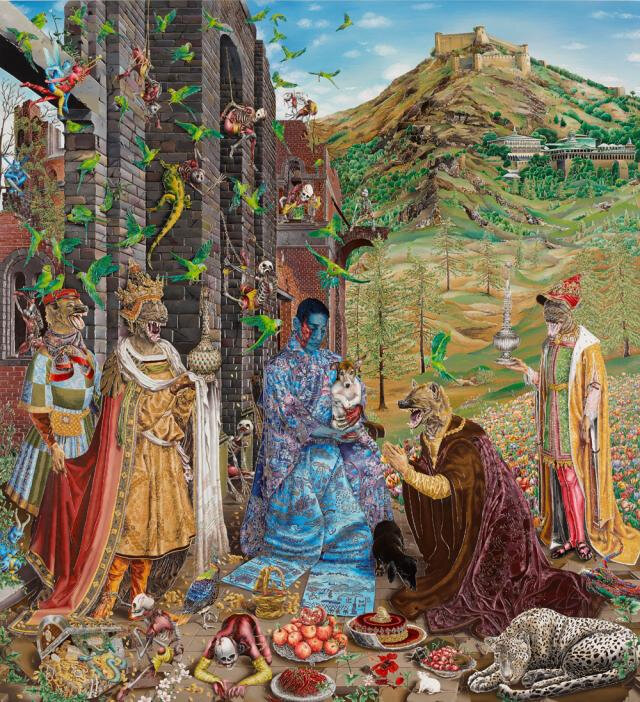

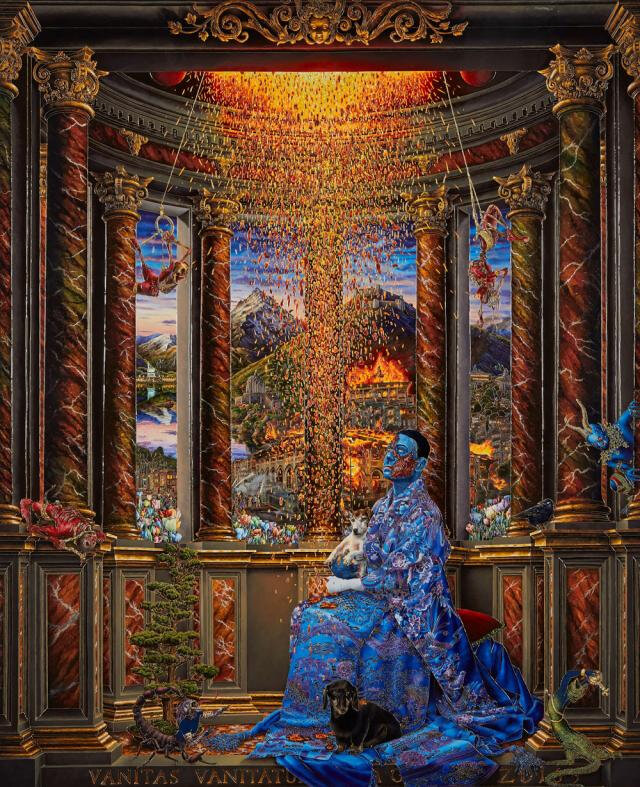
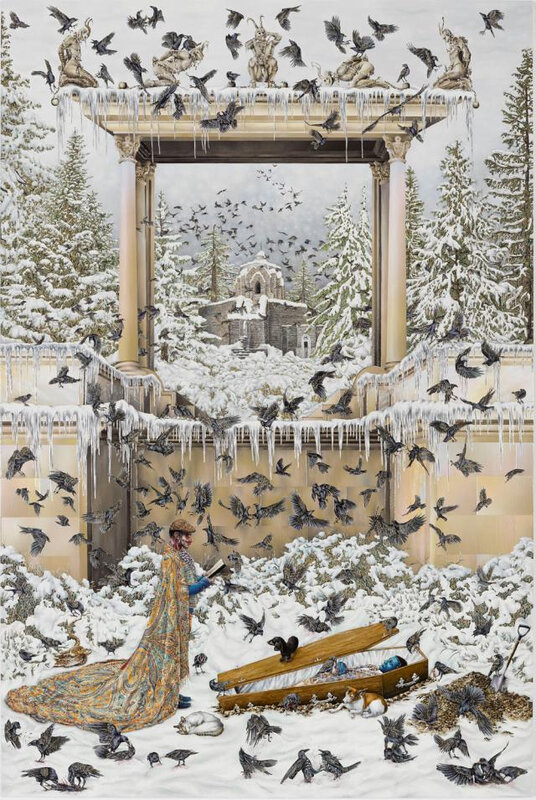
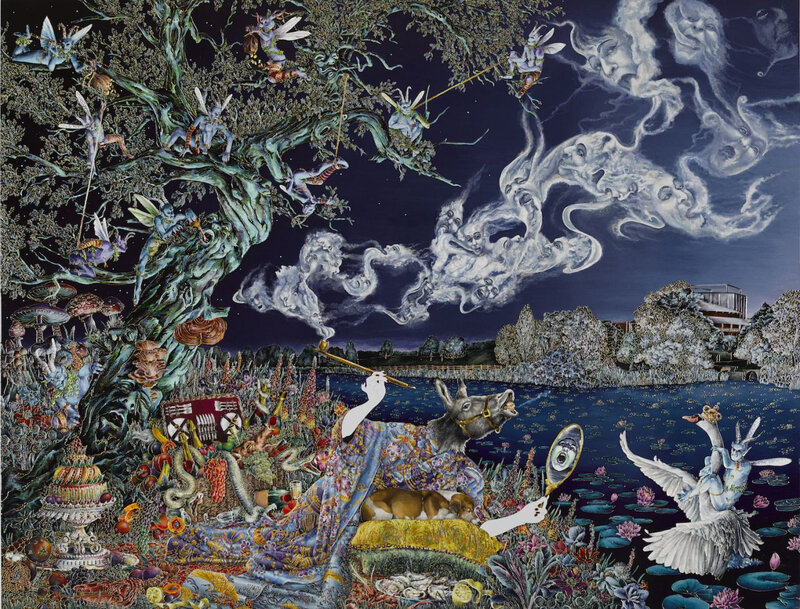

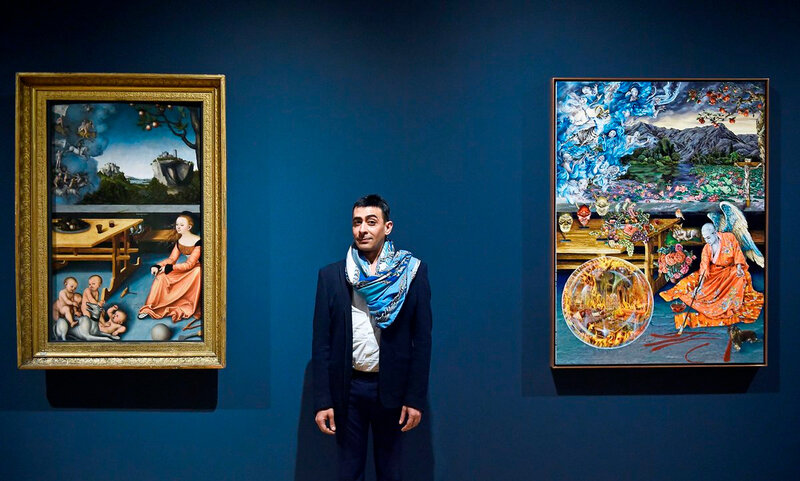


/http%3A%2F%2Fstorage.canalblog.com%2F89%2F06%2F119589%2F126172633_o.png)
/http%3A%2F%2Fstorage.canalblog.com%2F38%2F04%2F119589%2F73656785_o.jpg)
/image%2F1371349%2F20240504%2Fob_93e6fc_440746014-1663431631093516-33520012940.jpg)
/image%2F1371349%2F20240504%2Fob_ad891b_441216662-1663349251101754-34964046851.jpg)